Exploring Holistic, Non-Surgical Options for Pain Management
November 3, 2025
8 min

Understanding Holistic Pain Management
Chronic pain affects millions worldwide, impacting quality of life and daily functioning. Increasingly, patients and healthcare providers seek non-surgical options that address pain comprehensively, emphasizing healing without invasive procedures or heavy reliance on medications. This article explores holistic, non-surgical pain management strategies—integrating physical therapies, mind-body techniques, and lifestyle modifications—to provide sustainable relief and improved wellness.
Diverse Non-Surgical Techniques for Effective Pain Relief

Overview of Non-Surgical Pain Management Methods
Non-surgical pain management offers a variety of holistic pain management methods and evidence-supported approaches aimed at alleviating pain and enhancing healing without surgery. These methods include physical therapy for pain relief, chiropractic care services, acupuncture for pain management, massage therapy benefits, mind-body techniques like mindfulness and meditation, electrical stimulation therapies, diet and nutrition for pain control and lifestyle modifications for pain, and targeted injections. The goal is to reduce pain intensity, improve function, and promote quality of life through a multidisciplinary pain management approach that personalizes care to individual patient needs.
Role of Physical Therapy and Exercise
Physical therapy is a cornerstone of non-surgical pain management. It employs stretching, strengthening exercises, nerve stimulation, and hands-on treatments to improve strength, flexibility, range of motion, and daily functioning. Tailored exercise programs can address muscle imbalances and support recovery from conditions such as arthritis, back pain, and fibromyalgia. Gentle aerobic activities like swimming, walking, yoga for arthritis and chronic pain, and tai chi and pain relief further support joint mobility and reduce pain perpetuation cycles.
Chiropractic Care and Spinal Manipulation
Chiropractic care involves spine and neck realignment through manual adjustments that aim to relieve nerve pressure, correct mechanical imbalances, and improve overall function. Spinal manipulation has demonstrated effectiveness in reducing lower back and neck pain and headaches, serving as a valuable option in comprehensive pain relief strategies when delivered by reputable practitioners.
Interventional Yet Non-Surgical Treatments
Non-surgical interventional approaches include corticosteroid injections, nerve blocks, trigger point injections, platelet-rich plasma therapy, and neuromodulation techniques such as TENS and spinal cord stimulation. These interventions provide targeted relief by reducing inflammation, blocking pain signals, and promoting tissue healing. Used in conjunction with physical therapy, they can yield both immediate and sustained pain reduction.
Importance of Personalized, Multidisciplinary Approaches
Successful pain management often requires a personalized plan developed through collaboration among physicians, physical therapists, psychologists, and other specialists. Considering physical, emotional, mental, and social factors ensures tailored treatments that address root causes and symptoms holistically. Collaborative care models in pain management improve outcomes by integrating therapies such as exercise, behavioral techniques, nutrition, medication management, and complementary modalities under ongoing medical supervision.
Mind-Body Practices and Complementary Therapies in Pain Control

Meditation, mindfulness, and relaxation techniques
Mind-body approaches such as meditation, mindfulness, and relaxation exercises are widely used to manage chronic pain by calming the nervous system and reducing muscle tension. These practices help shift focus away from pain and lower anxiety levels associated with discomfort, promoting a sense of physical and emotional ease.
Yoga, tai chi, and gentle movement therapies
Yoga and tai chi combine mindful breathing, gentle stretching, and meditation to improve pain symptoms related to arthritis, fibromyalgia, headaches, and back or neck pain. These slow, controlled movements enhance flexibility, balance, and joint function while encouraging relaxation and stress relief.
Biofeedback and hypnosis
Biofeedback employs electronic monitoring to help individuals observe and control physiological functions like muscle tension and heart rate, enabling them to reduce pain responses. Hypnosis, including guided imagery and distraction techniques, focuses attention and induces relaxation, effectively diminishing pain perception and discomfort.
Massage therapy and its benefits for muscle tension and circulation
Massage therapy involves various techniques such as kneading and stroking soft tissues to relieve muscle tension, improve blood flow, and reduce stress hormone levels. This therapy helps alleviate pain in areas like the back, neck, shoulders, and joints, and may also support emotional wellbeing.
Music therapy and guided imagery for distraction and emotional support
Listening to music therapy and guided imagery exercises can serve as effective distractions from pain, reducing its intensity and enhancing mood. Music therapy is especially beneficial during medical procedures, while mental visualization aids in reshaping one’s experience of pain and promotes relaxation.
Together, these mind-body and complementary therapies provide holistic, drug-free options for pain control, emphasizing individualized care and integration into broader Collaborative care models in pain management.
The Role of Acupuncture and Integrative Medicine

How does acupuncture help manage chronic pain?
Acupuncture works by inserting thin needles at specific points on the body to stimulate nerves and muscles. This stimulation promotes natural healing, releases endorphins (the body's pain-relieving chemicals), and may rebalance energy flow, based on traditional Chinese medicine concepts. It is used to reduce pain and improve function, especially in chronic conditions.
What is the evidence supporting acupuncture for musculoskeletal conditions?
Research shows acupuncture can provide relief for low back pain, neck pain, osteoarthritis, migraines, and fibromyalgia. Studies indicate it may reduce pain intensity and improve physical function. However, its effects are often modest and sometimes similar to sham acupuncture, suggesting a placebo effect partly contributes. Evidence quality varies, and more research is needed for conditions like knee osteoarthritis.
How is acupuncture integrated with other holistic therapies?
Acupuncture is often combined with physical therapy, massage, yoga, tai chi, mindfulness, and dietary changes to enhance pain relief. Integrative medicine uses this multifaceted approach to address physical, emotional, and mental factors. Practices like meditation and biofeedback complement acupuncture by reducing stress and muscle tension, fostering long-term wellbeing.
What are emerging regenerative techniques in integrative pain management?
Regenerative treatments such as platelet-rich plasma (PRP) and stem cell therapy aim to repair damaged tissues, reduce inflammation, and promote healing. These are increasingly incorporated into holistic care plans alongside acupuncture and physical therapy, offering potential for sustained pain relief without surgery.
How is safety ensured and treatment personalized?
Acupuncture and other integrative methods are generally safe when performed by certified practitioners. Personalized plans consider patient health, pain type, and preferences. Regular communication with healthcare providers ensures optimal outcomes and minimizes risks. This tailored approach enhances effectiveness and patient satisfaction, as supported by holistic pain management education and clinical guidelines.
Diet, Nutrition, and Herbal Supplements for Pain Reduction

Anti-inflammatory diets and their impact on chronic pain
A diet rich in fruits, vegetables, whole grains, and moderate amounts of lean meats can reduce inflammation, a common contributor to chronic pain conditions such as arthritis and fibromyalgia. Anti-inflammatory diet tips, including Mediterranean and plant-based diets, help alleviate pain by minimizing pro-inflammatory foods like excess salt, sugar, and unhealthy fats. Learn more about natural relief for arthritis pain.
Essential vitamins and minerals supporting nerve and bone health
Vitamins such as B-complex support nerve health, while vitamins C and D contribute to bone strength and repair. Adequate intake of these nutrients can promote healing and reduce pain symptoms. Maintaining a balanced, nutrient-rich diet is important for holistic pain management.
Herbal remedies with documented analgesic effects
Several herbs have pain-relieving properties backed by research:
- Turmeric: Contains curcumin, which possesses anti-inflammatory and analgesic effects. See more on turmeric curcumin pain relief.
- Ginger: Demonstrates anti-inflammatory benefits and may reduce postoperative and muscle pain. Explore ginger as natural pain reliever.
- Lavender: Offers pain reduction and relaxation benefits, especially for neuropathic and osteoarthritis pain. Read about lavender essential oil for pain relief.
- Peppermint: Provides relief for tension headaches and muscle pain through its anti-inflammatory and analgesic effects. Discover peppermint essential oil uses.
Considerations for supplement safety and professional consultation
Though herbal supplements can aid pain relief, they may interact with medications or cause side effects. It is crucial to consult healthcare providers before starting any supplements to ensure safety and appropriate dosage. Guidance is available on herbal remedies and medication interactions.
Lifestyle factors including weight management and stress reduction
Maintaining a healthy weight reduces joint stress, aiding pain management. Stress-reduction techniques such as mindfulness and meditation, and stress reduction techniques lower muscle tension and pain sensitivity, complementing dietary and supplement strategies for overall relief. Learn about mindfulness-based pain management.
The Future of Holistic Pain Management and Patient Empowerment
Shift Away from Opioid Reliance toward Multimodal Therapies
The future of pain management is clearly moving away from opioid dependence, focusing instead on safer, more effective multimodal approaches. These include a combination of nonopioid medications for pain, physical therapy, mindfulness, acupuncture, massage therapy, and chiropractic care. This strategy aims to reduce opioid misuse risks while improving overall patient outcomes.
Importance of Education, Psychological Counseling, and Self-Management
Education and psychological therapies are vital components of holistic pain care. Psychological counseling, cognitive behavioral therapy for pain management, and self-management techniques empower patients to better cope with pain, anxiety, and depression related to chronic conditions. Tailored educational materials help patients understand and actively participate in their own care.
Role of Emerging Technologies Like Digital Therapies and Virtual Reality
Cutting-edge digital therapies for pain relief, including immersive virtual reality, are gaining attention for their ability to distract and relax patients, reducing pain perception. These technologies complement traditional mind-body techniques for pain by targeting neural pathways and enhancing engagement in treatment, thus expanding holistic care options.
Barriers to Adoption Such as Insurance and Access
Despite advancements, challenges remain. Insurance coverage limitations and access disparities, especially in low-income or rural areas, restrict availability of nonpharmacological treatments. Awareness and access to affordable options need improvement to ensure equitable pain management.
Collaborative Care Models and Personalized Pain Management Plans
Effective holistic pain management requires multidisciplinary collaboration among physicians, therapists, psychologists, and social workers. Personalized plans that integrate pharmacologic and nonpharmacological therapies based on individual needs foster better outcomes and address all aspects of pain, including physical, emotional, and social factors. Collaborative care models in pain management exemplify this integrated, patient-centered approach.
Embracing a Holistic Path to Lasting Pain Relief
Holistic, non-surgical pain management offers hopeful and effective alternatives for those seeking relief without the risks associated with surgery or long-term medication use. Combining physical therapies, mind-body practices, integrative medicine, nutrition, and patient education creates a comprehensive approach that addresses pain’s multifaceted nature. As research evolves and access improves, these personalized strategies empower patients to regain function and improve quality of life, representing the future of compassionate, effective pain care.
Recent articles

Inspiring Patient Testimonials Highlighting Chiropractic Success

Chiropractic Care: A Natural Solution for Back Pain Relief

Amazing Patient Success Stories in Chiropractic Wellness

Combining Physiotherapy and Chiropractic for Optimal Healing
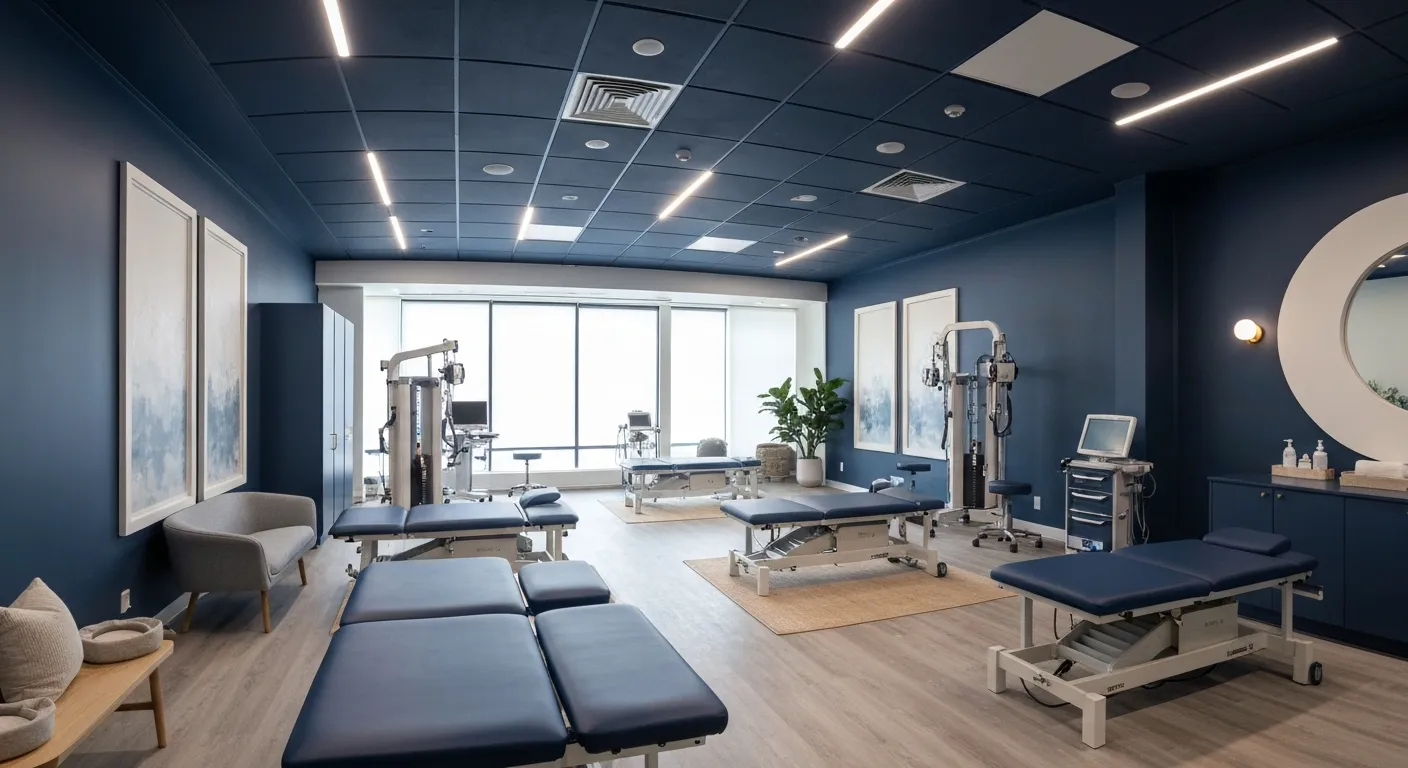
Spinal Decompression Therapy: A Breakthrough for Sciatica Sufferers

5 Holistic Treatments That Complement Chiropractic Care

How Physiotherapy Supports and Enhances Chiropractic Treatment
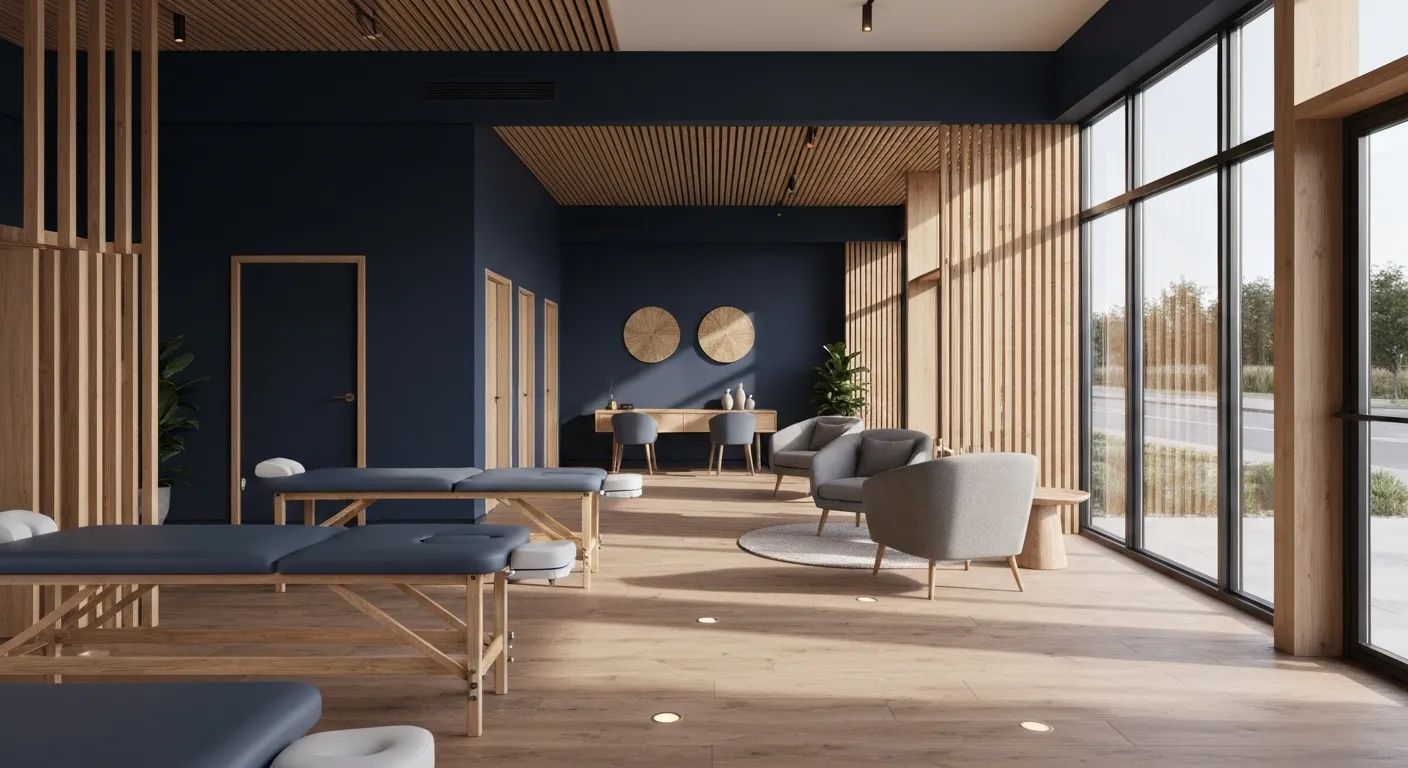
Root Cause Versus Symptom Treatment: Making the Right Choice

7 Essential Things to Know Before Choosing Your Chiropractor

Why Addressing Root Causes of Pain Matters More Than Just Symptoms

Nutritional Counseling Strategies to Boost Your Overall Wellness

How Spinal Decompression Therapy Alleviates Sciatic Nerve Pain

Long-Term Pain Relief Through Targeted Corrective Exercises

10 Benefits of Integrating Physiotherapy with Chiropractic Treatments

Corrective Exercises That Help Prevent Recurring Pain

8 Corrective Exercises Proven for Lasting Pain Relief

Lifestyle Habits for Maintaining a Healthy Spine

What You Will Experience at Your Initial Chiropractic Visit

What Happens at Your First Visit to a Chiropractor?
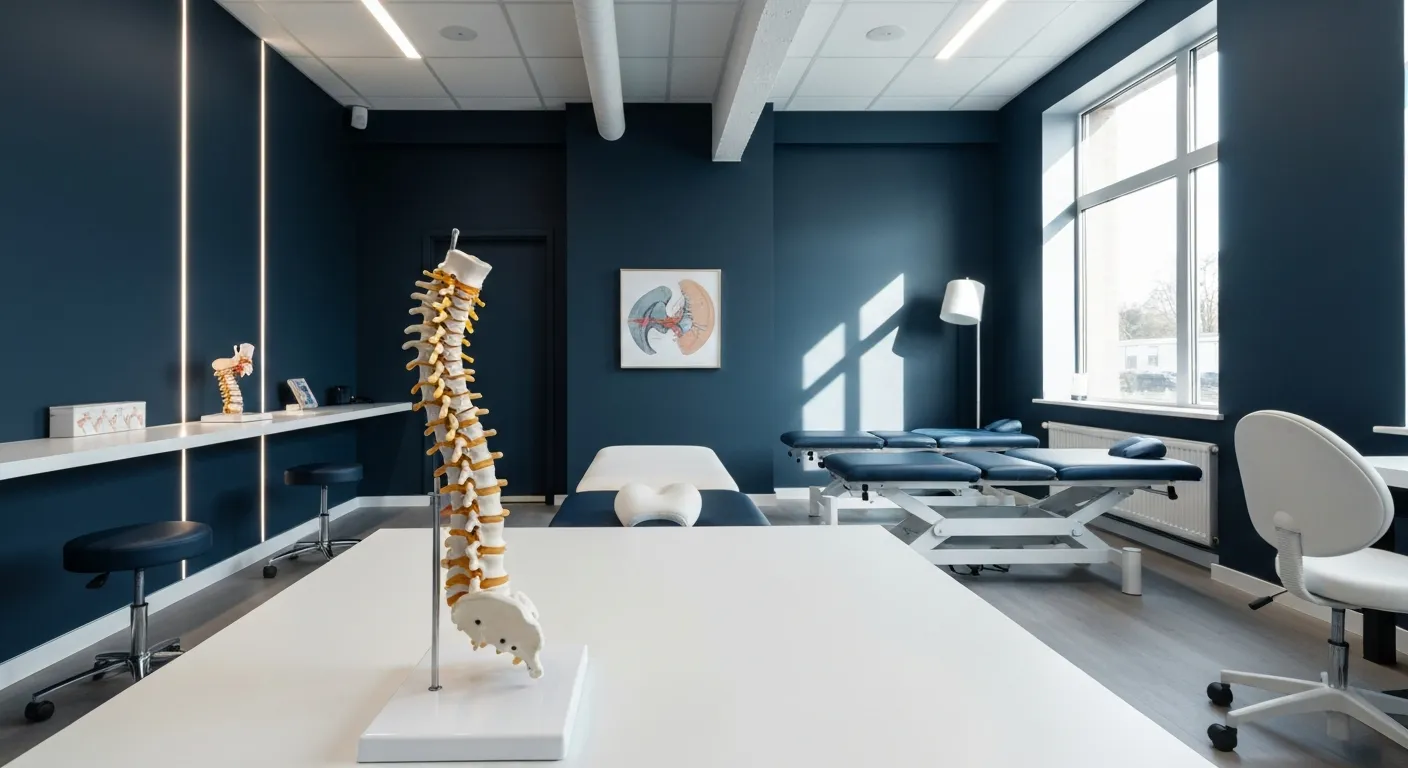
Focusing on Root Cause Analysis for Effective Pain Relief
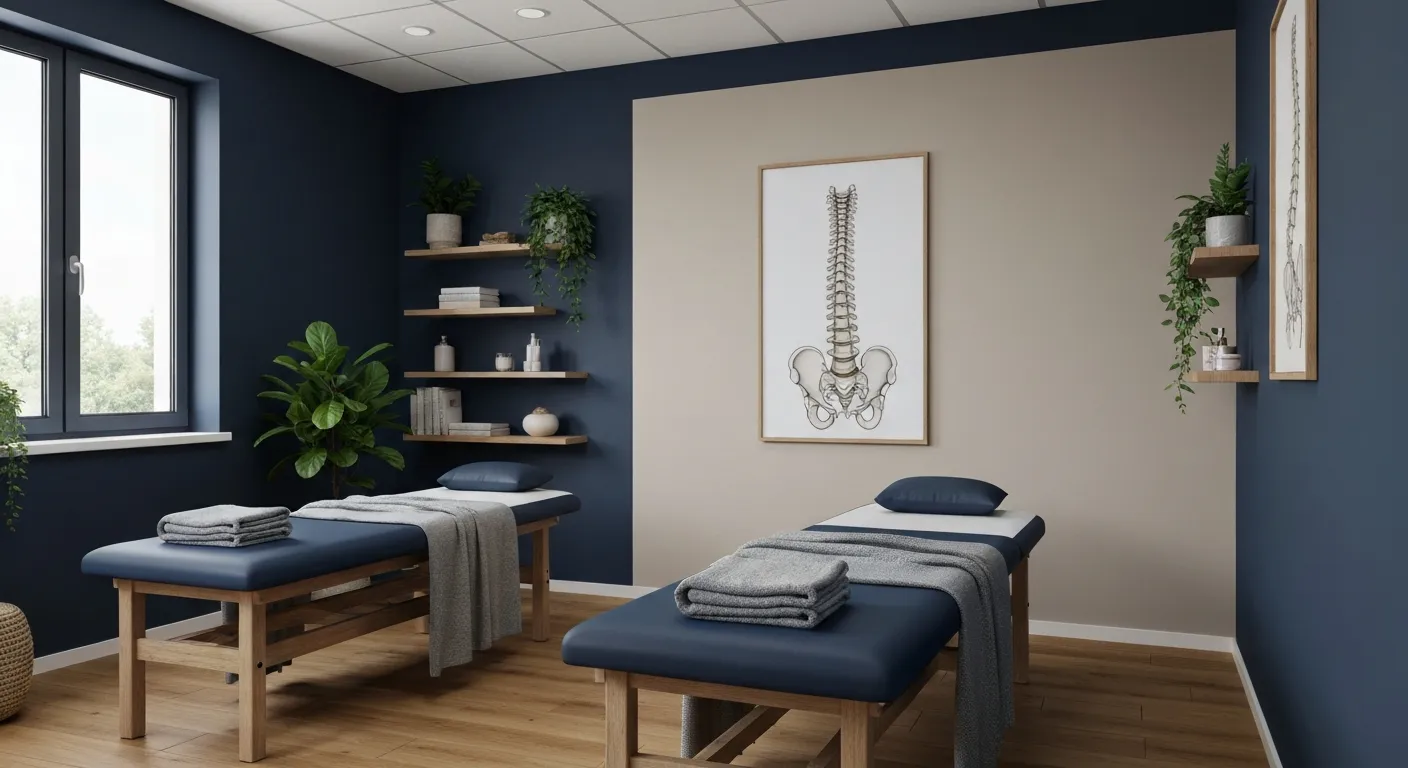
Tips for Lifestyle Changes to Support Spinal Health

Tips for Lifestyle Changes to Support Spinal Health

Holistic Treatment Plans: Alternatives to Surgery for Chronic Pain

Enhance Wellness Through Personalized Nutritional Counseling

Non-Invasive Pain Relief: Exploring Holistic Treatment Alternatives
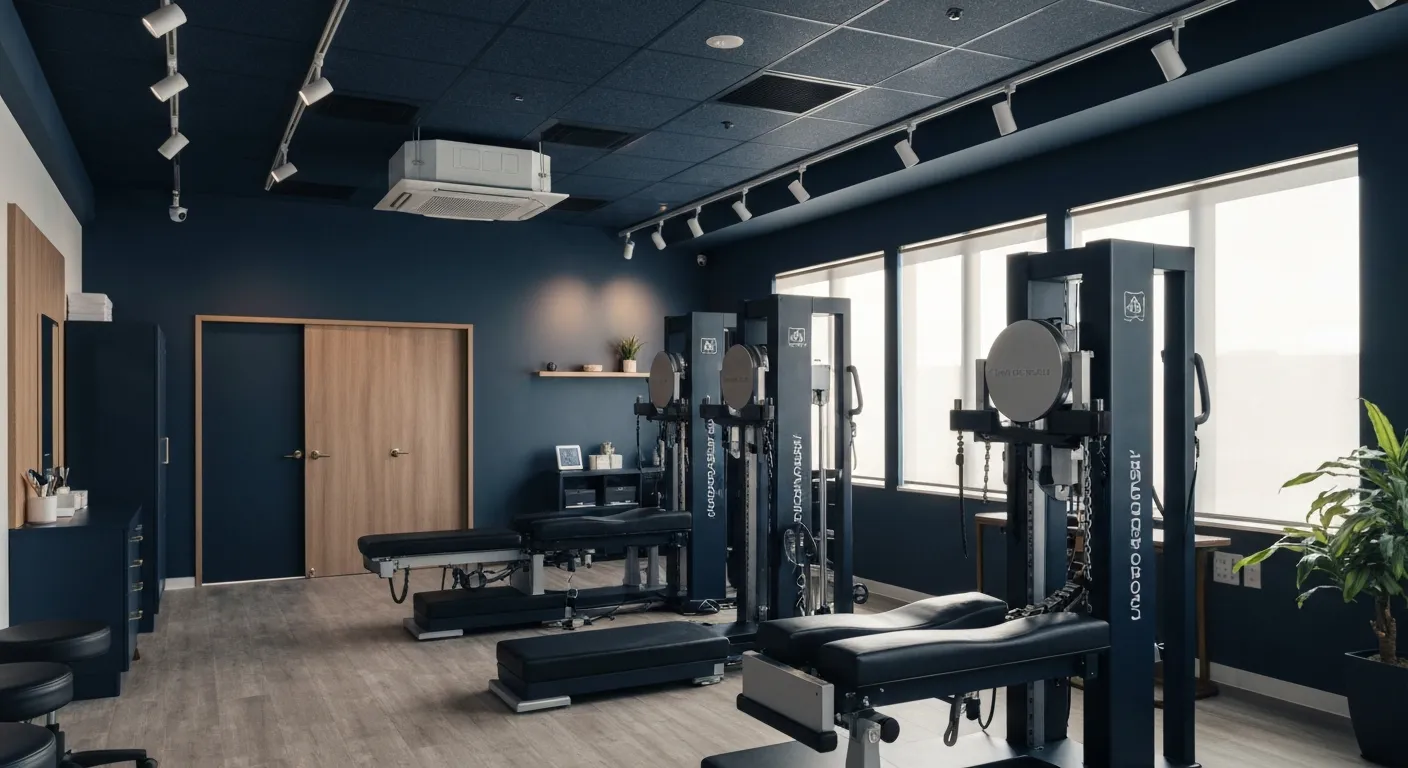
Sciatica Relief Through Targeted Spinal Decompression

Integrating Physiotherapy with Chiropractic Treatments for Better Results

Testimonials That Demonstrate the Benefits of Chiropractic Care

The Power of Corrective Exercises in Pain Management

A Step-by-Step Guide to Your Initial Chiropractic Consultation

9 Nutritional Tips to Enhance Your Chiropractic Wellness Journey

Patient Experiences: How Chiropractic Care Changed Their Lives

Lifestyle Recommendations to Keep Your Spine in Top Shape

Effective Corrective Exercises for Long-Term Pain Relief

Back Pain Benefits: What Chiropractic Care Can Do for You
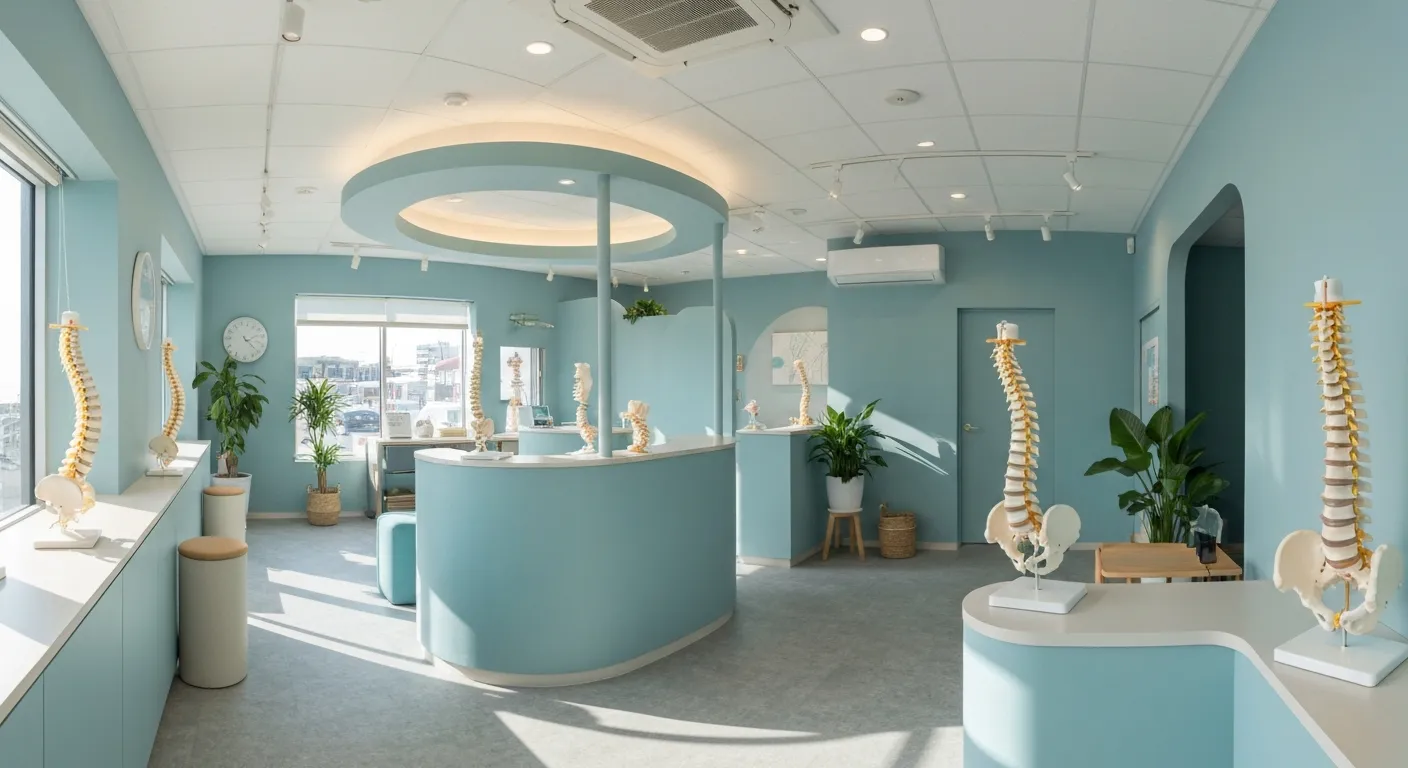
Spinal Decompression Techniques for Effective Sciatica Relief

Top Nutritional Counseling Tips for Enhanced Wellness

6 Lifestyle Habits That Boost Spine Health Daily

Discover Holistic and Non-Surgical Pain Relief Solutions

Exploring Holistic and Non-Surgical Treatment Options for Pain
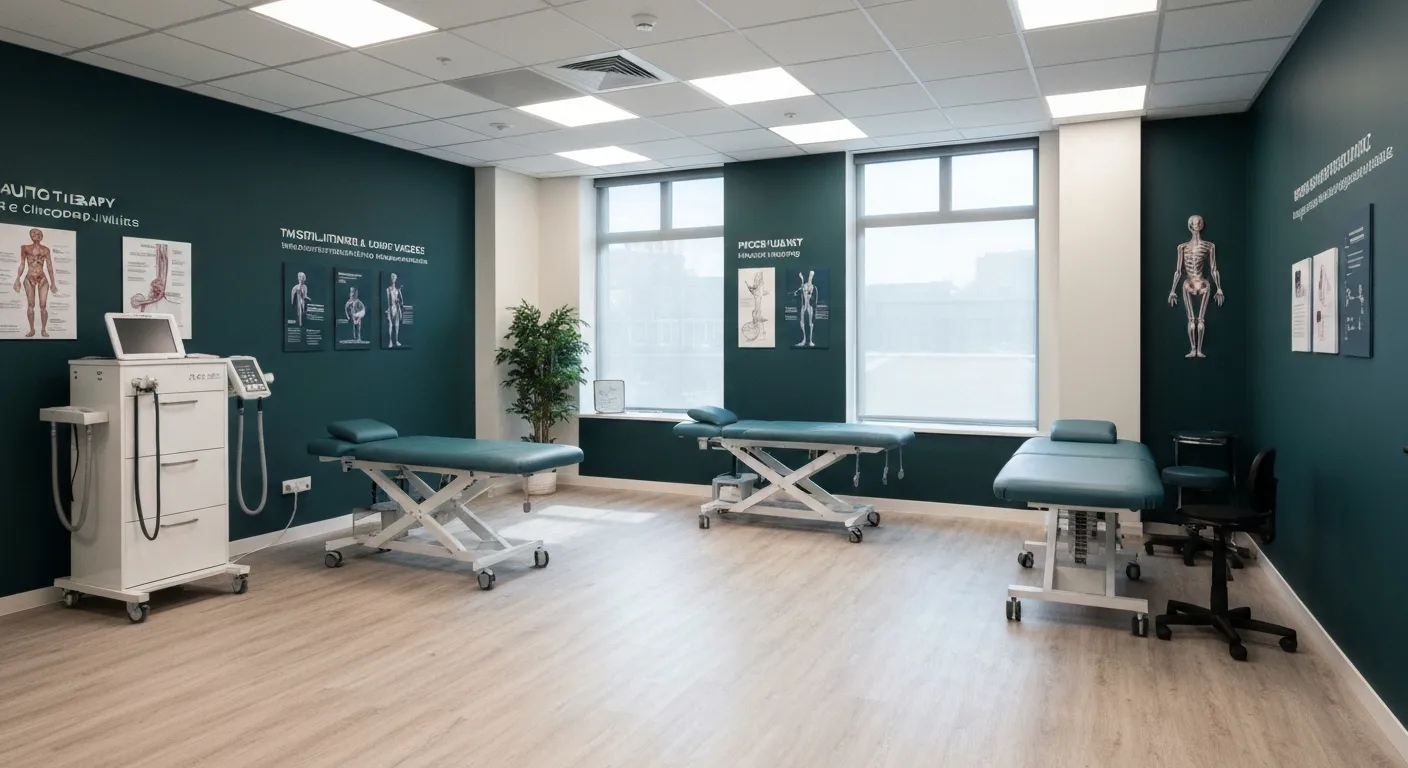
The Role of Physiotherapy in Enhancing Chiropractic Care Outcomes

Complementing Chiropractic Care with Physiotherapy: What You Need to Know

What to Expect During Your First Chiropractic Visit

Simple Lifestyle Adjustments to Maintain a Healthy Spine

Personalized Nutritional Counseling for Improved Health Outcomes

Exploring Non-Surgical Treatments for Spine-Related Conditions
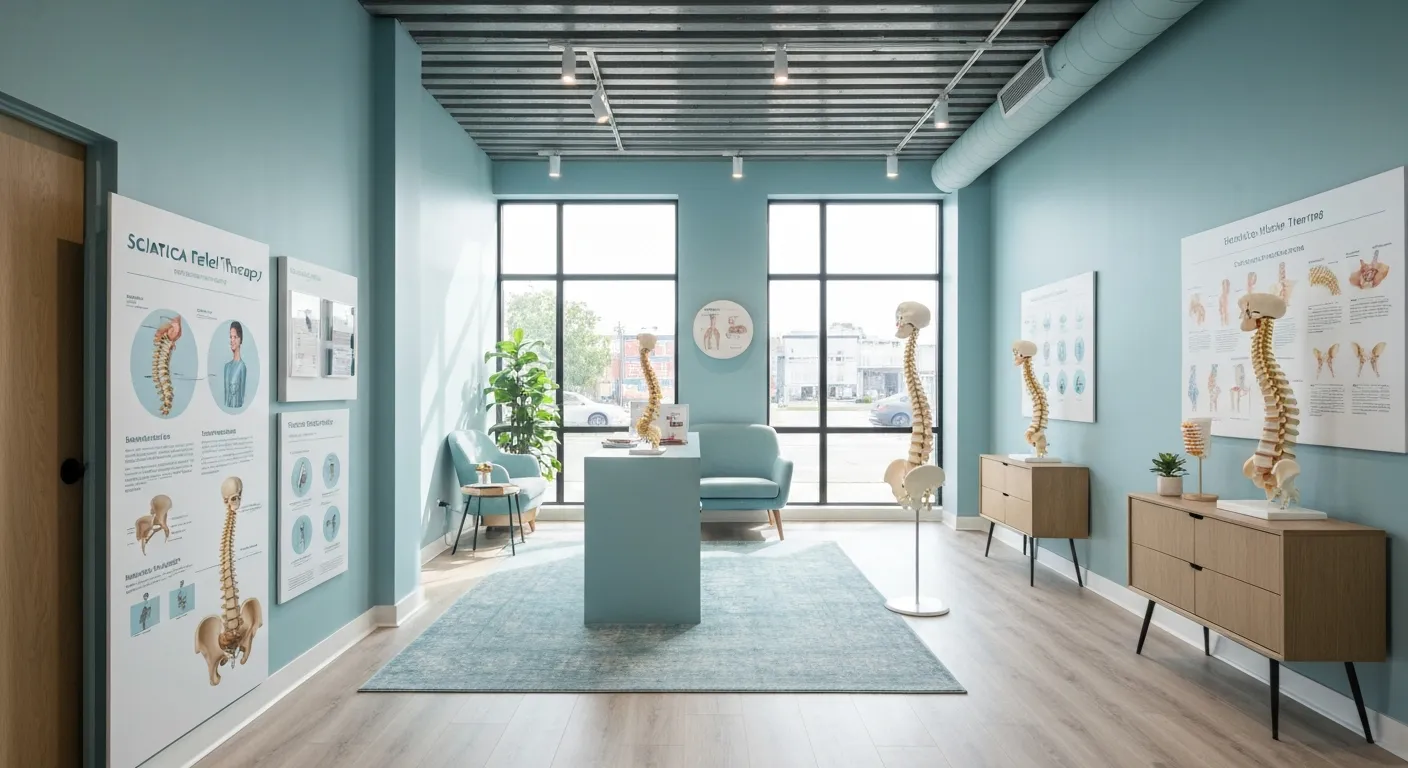
An Introduction to Spinal Decompression for Sciatica Patients

Transformative Success Stories: Patient Experiences with Chiropractic Treatments
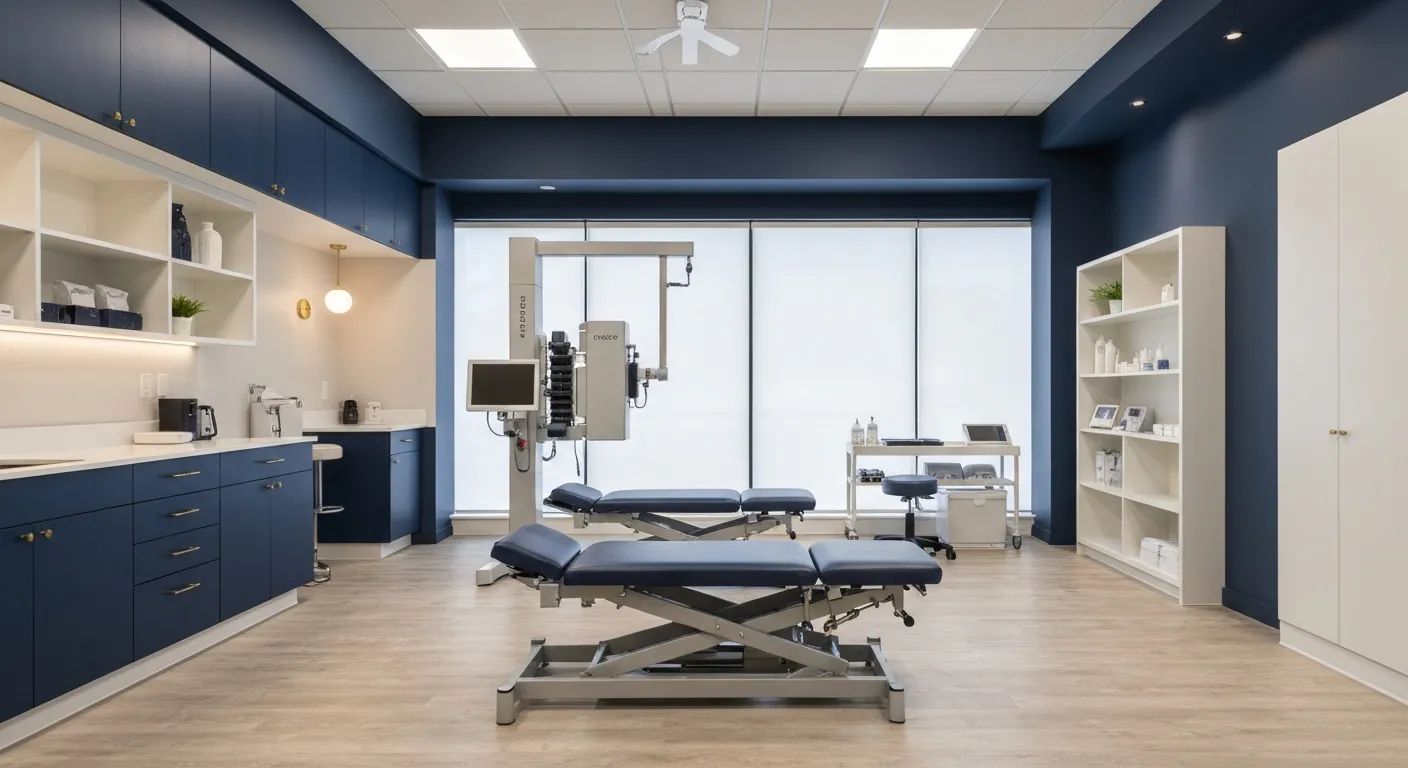
Why Chiropractic Care Is Essential for Back Pain Relief

Addressing Underlying Causes Versus Symptom Management in Pain Care

The Role of Nutrition in Enhancing Chiropractic Treatment Effectiveness
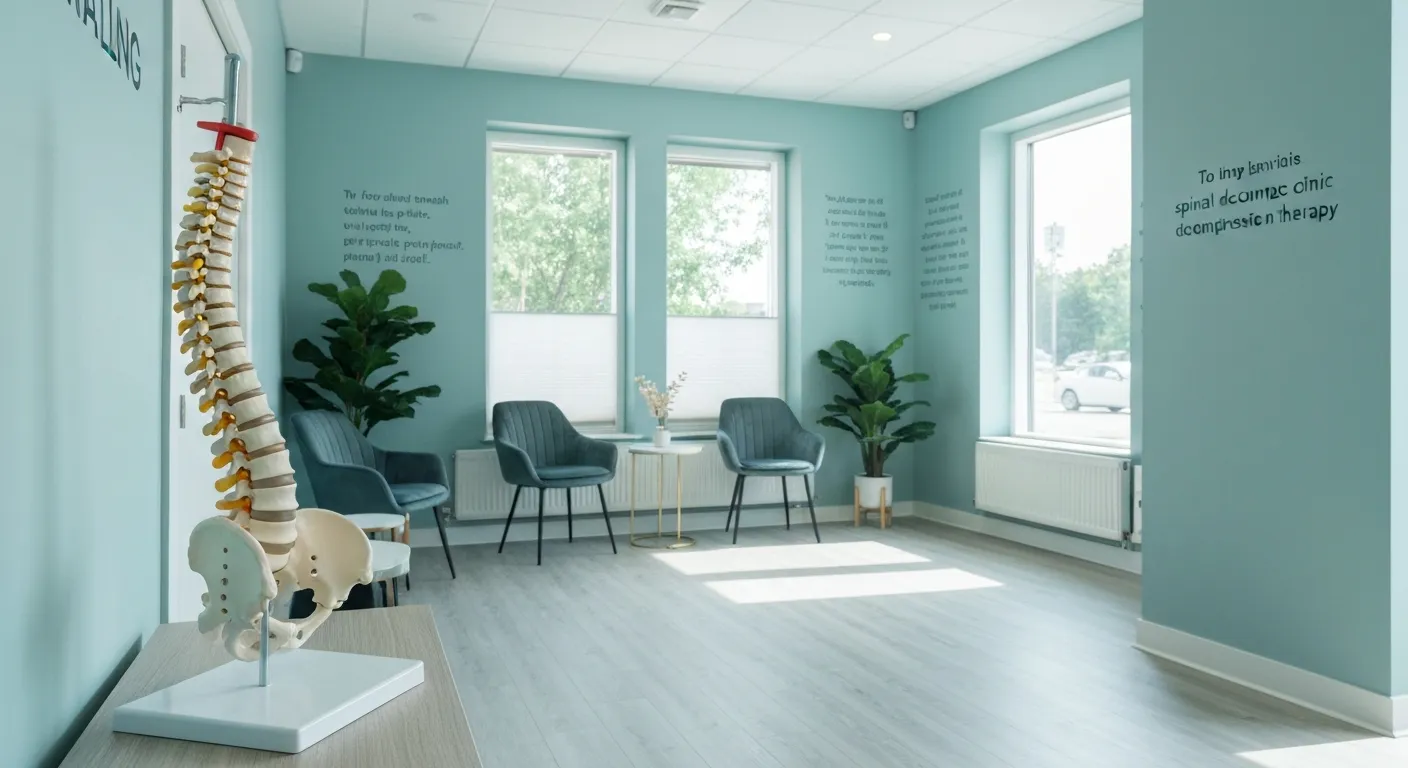
Sciatica Treatment Options: Is Spinal Decompression Right for You?

Lifestyle Tips to Maintain a Healthy Spine and Prevent Back Issues
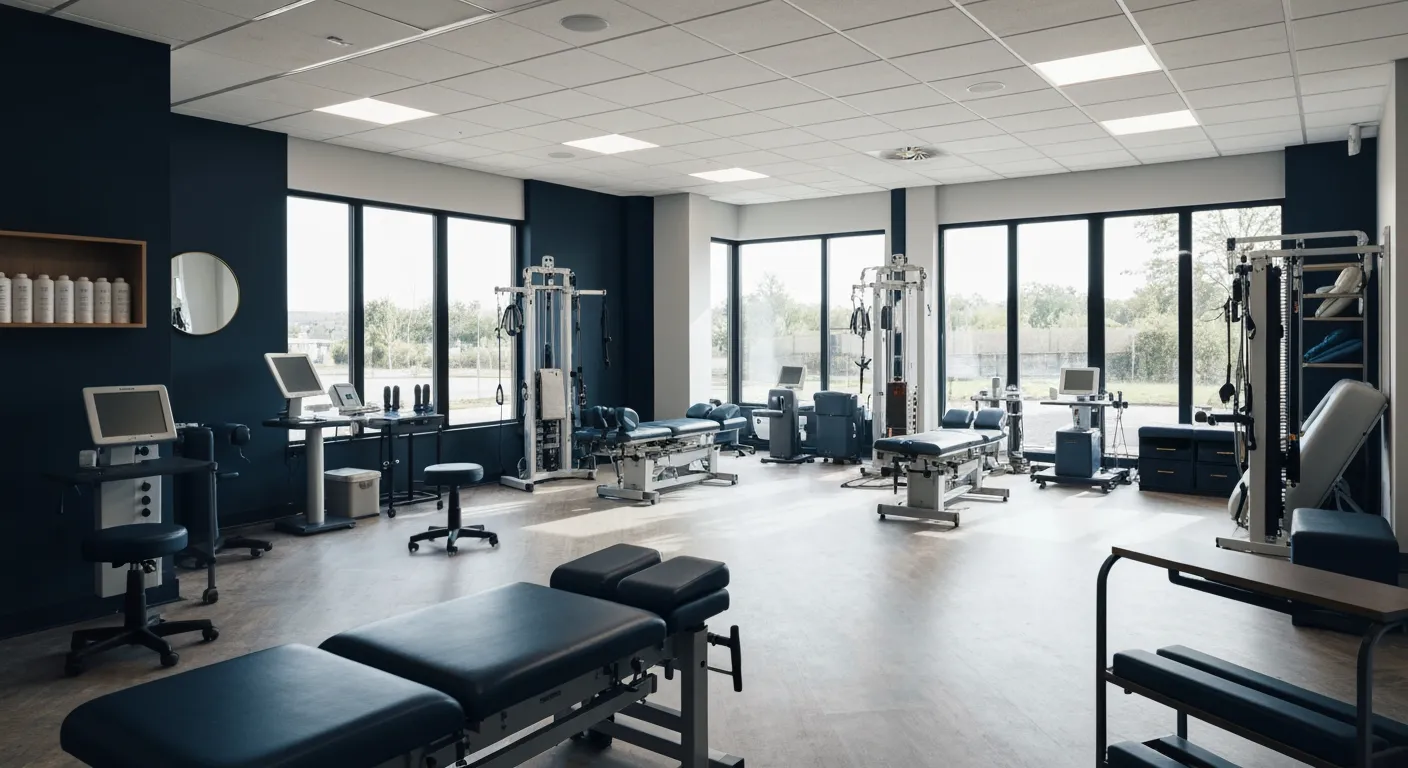
The Synergy Between Physiotherapy and Chiropractic Treatments

What Happens During Your Initial Chiropractic Consultation

Effective Corrective Exercises for Sustainable Pain Management

Taking a Root Cause Approach to Chronic Pain Management

Holistic Pain Management Techniques Without Surgery

How Patient Success Stories Validate Chiropractic Care Benefits

Spinal Decompression: Innovative Treatment for Sciatic Nerve Pain

Spinal Decompression Therapy: A Non-Invasive Approach to Sciatica Relief

Exploring Holistic Approaches Beyond Surgery for Pain Relief

Practical Lifestyle Advice to Support a Healthy Spine Every Day

Corrective Exercise Routines Designed for Long-Term Pain Prevention

Real Patient Stories: Overcoming Chronic Pain with Chiropractic Care

Lifestyle Changes That Promote a Healthy Spine and Prevent Injury

How Addressing the Root Cause of Pain Leads to Lasting Relief

Non-Surgical Holistic Therapies to Manage Chronic Pain Effectively

Nutritional Counseling's Impact on Physical Health and Healing

Benefits of Regular Chiropractic Care for a Stronger Back

Your First Chiropractic Visit: What to Expect and How to Prepare

Patient Experiences: How Chiropractic Care Transformed Their Lives

Exploring Holistic, Non-Surgical Options for Pain Management

Combining Physiotherapy with Chiropractic Treatments for Enhanced Recovery

Holistic Treatments That Offer Alternatives to Surgery for Pain Relief

Corrective Exercise Strategies for Long-Term Spine Health

How Physiotherapy Complements Chiropractic Adjustments for Better Outcomes

First-Time Chiropractic Visitors: What You Should Know

Understanding the Importance of Treating Pain at Its Source

Adopting Lifestyle Changes to Support Your Spine's Wellness

Utilizing Physiotherapy to Enhance Chiropractic Treatment Outcomes

The Key Advantages of Chiropractic Care for Back Pain Sufferers

Why Focusing on Root Causes Improves Pain Treatment Success

Corrective Exercises That Promote Lasting Pain Relief and Mobility

Sciatica Relief Through Targeted Spinal Decompression Techniques

Preparing for Your First Chiropractic Appointment with Confidence

Healthy Lifestyle Habits for Maintaining Spinal Alignment

Success Stories Highlighting Chiropractic's Role in Pain Recovery

Top Benefits of Chiropractic Care for Chronic Back Pain

Nutrition Tips to Boost Your Overall Wellness and Recovery

How Chiropractic Care Alleviates Back Pain Naturally

How Nutritional Counseling Supports Overall Wellness and Spine Health

Step-by-Step Guide to Your First Visit with a Chiropractor

Using Nutrition to Support Chiropractic and Overall Wellness

Integrating Physiotherapy in Your Chiropractic Healing Journey

Integrating Physiotherapy in Your Chiropractic Healing Journey

How Physiotherapy Complements Chiropractic Adjustments for Faster Healing

Lifestyle Tips for Maintaining a Healthy Spine and Preventing Back Pain

Heartwarming Patient Testimonials Highlighting Chiropractic Success

